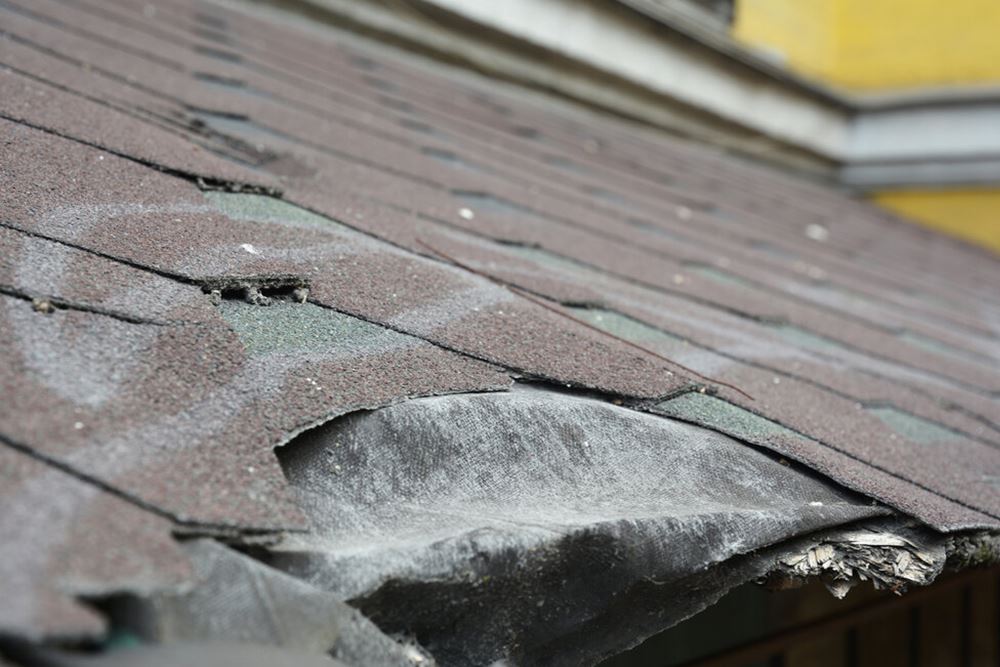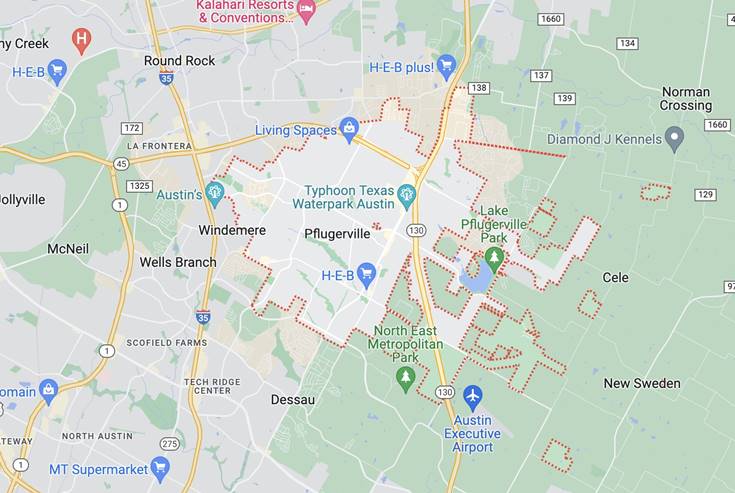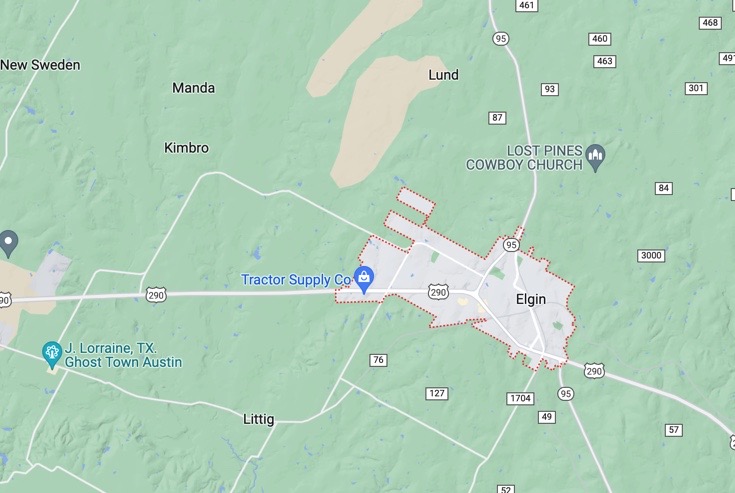If you notice parts of your roof beginning to sag, don’t panic. Yes, you should act quickly to address the problem, but no, your roof isn’t likely to immediately collapse. Seeking help from a professional company is crucial to assure that your roof is restored to a healthier state.
Old Age
There are multiple reasons a roof could start to sag. One very common cause is simply old age. If your Austin asphalt shingle roof has been around for close to 20-30 years, it may be time for a replacement. Asphalt shingle roofs don’t have much of a lifespan after that length of time, so if yours has begun to sag, that may be why. Talk to your local roofing company about what they recommend as far as replacing your old roof.
Weather Damage
Weather and water damage can also be contributing factors to sagging shingles. In central Texas, we experience irregular weather such as hailstorms, downpours, extreme heat, etc. Getting your roof regularly inspected (see Is Your Central Texas Home Storm Ready), especially after any of these weather events (see more about residential roofing storm damage), can help to find any weak spots or damage that could lead to a sagging or leaking roof.
Poor Design/Construction
If there are any issues with the design or construction of the roof, these can also lead to sagging. Rain or other damage can exacerbate these issues, especially when it comes to leakage or poor ventilation in places like the attic. Water can form a heavy pool on the roof and seep into your home. A heavy roof also does this– if you have too many layers of shingles, you risk affecting the house’s structural integrity.
Final Words
If you’re aware that your roof is reaching the end of its lifespan, or worry about any recent damage (see Five Signs of Roof Leaks), you may want a roof inspection to assure these things don’t lead to sagging. Just as well, if you notice any visible sagging in parts of your roof, contact a professional Austin roofing company immediately to assess the damage. It may be an easy fix, or you may need a new roof. But either way, act quickly to prevent any further leaks or structural damage.







